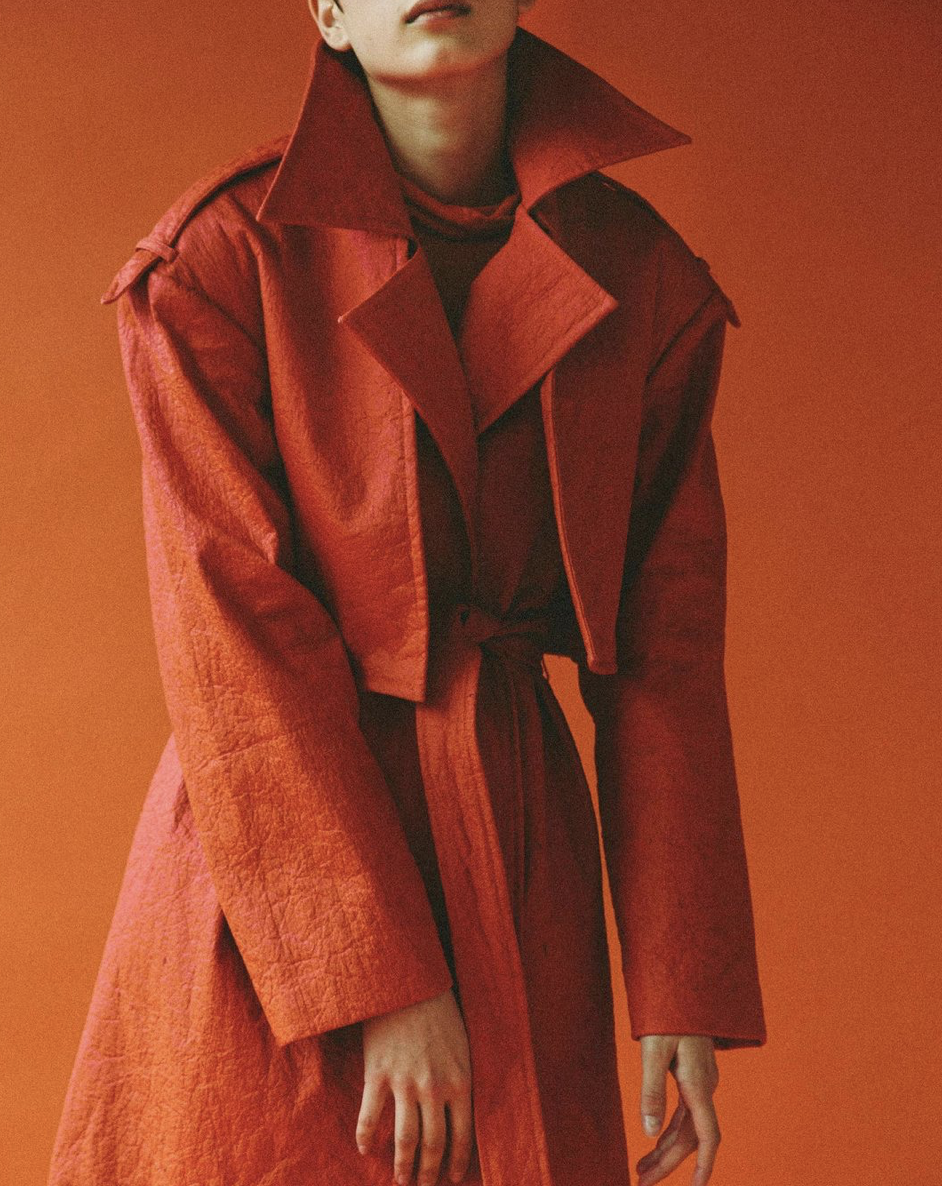The fashion industry is the second biggest polluter on Earth, just behind the oil and gas industry. Textiles such as leather and cotton require the use of large amounts of water and harmful chemicals in their production. Synthetic textiles, such as acrylic and polyester, produce carcinogenic chemicals in their production and leak microplastics into water systems. In addition to the use of these chemicals, consumers are wearing their clothing for shorter periods and then throwing it away. None of these textiles can biodegrade so they sit, pilling up in landfills and leaking chemicals into the air and the oceans.
In light of these problems, some textile researchers and sustainable companies have come up with solutions of creating fabric from organic materials such as food waste, algae, agriculture waste, and cellulose. One such company practicing this is Ananas Anam. This brand created a fruit-based leather textile called Piñatex. Piñatex is made from extracted fibers from pineapple leaves and requires no use of hazardous chemicals and is cruelty-free. An additional bonus is that it is made from part of the pineapple that cannot be eaten so it provides farmers with an additional income source. The company’s founder, Dr. Carmen Hijoisa, used to work in the leather industry and saw the negative effects. This inspired her to try to create a sustainable alternative. This bio-based leather has caught the attention of some of the most influential designers. It was used for some of the garments at the 2017 Met Gala and Hugo Boss crafted a line of limited-edition sneakers with it.
Another exciting company is Orange Fiber, which extracts cellulose from the rinds of discarded orange peels to make a silk-like textile. When this cellulose is combined with other fibers it can be made into a fabric that contains essential oils and vitamin C which is absorbed by the wearer’s skin. The Italian label, Salvatore Ferragamo used orange silk to make an entire line of pants, shirts, and dresses in 2017.
All of these textiles show promising signs for the future of the fashion industry. Right now, mainly only higher priced brands are using these types of textiles but as sustainably continues to become more of a priority for all in the industry we could start seeing them being used by more mass-market brands.



